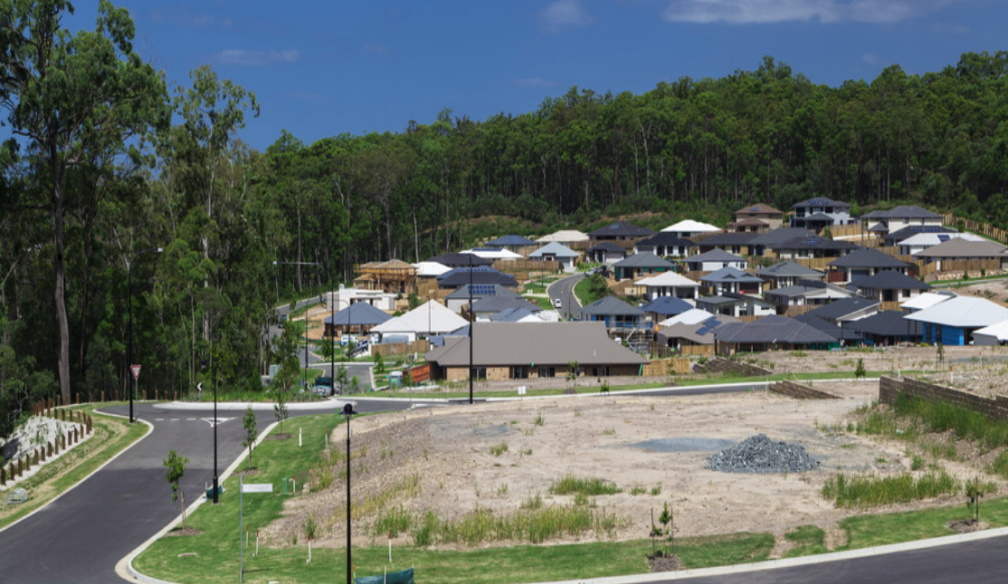Designing Successful Land and Site Development Projects
- Written by NewsServices.com

Land and site development are terms that refer to the process of transforming land into a usable space. This can involve anything from preparing the land for construction to creating infrastructure, such as roads and utilities, or developing green spaces. Site development is an important part of urban planning and can help create efficient communities that are livable and attractive.
The first step in Adelaide development is typically land acquisition, which involves purchasing or leasing the property from its previous owners. The next step is usually soil testing to determine if there are any contaminants present in the soil that could affect building plans. After this, zoning regulations need to be addressed so that the proposed project complies with local laws and regulations. Once zoning issues have been worked out, land clearing begins so that construction can begin on whatever structure or project is being planned for the area.
Once all of these initial preparatory steps have been completed, then actual physical changes take place on-site as part of site development activities. These activities may include grading or levelling off ground levels; installing drainage systems; constructing roads; laying down sidewalks; planting trees and other vegetation; providing utilities such as electricity, water, and natural gas lines; connecting sewer systems; constructing buildings such as office complexes or homes; adding parking lots or other parking structures.
Types of Land Development
Land development is an important part of the overall process of townhouse development and growth. It encompasses a variety of activities that change the physical, social, and economic aspects of land use. Land development is often seen as a way to create new housing, business opportunities, and other forms of economic activity in an area. Many different types of land development can be used to meet these needs.
- Subdivision Development
This type of land development involves dividing larger parcels into smaller plots for individual or multiple ownerships. This type of development allows for greater flexibility in land use planning and zoning laws as well as providing more options for residential or commercial properties.
- Urban Infill Development
Urban infill is a process by which vacant or underutilized lands within existing city limits are developed with new structures such as houses, offices, shops, schools etc. The goal is to increase density within existing urban areas while creating more vibrant communities with more amenities than previously existed before the infill project began.
- Greenfield Development
Greenfield development refers to developing undeveloped areas outside the boundaries of existing cities or towns where there was no previous construction activity taking place on the site. This type of development often involves significant infrastructure investments such as roads, bridges and utility lines.
Benefits of Land and Site Development
Land and site development is an important process in many areas, including urban planning, construction, and environmental protection. It involves a variety of activities such as land surveying, soil testing, preparation of plans and drawings for the use of the land, and implementation of projects. Careful planning and execution of these activities can lead to several benefits for individuals as well as communities.
The most obvious benefit is that it can improve the quality of living in communities by allowing for better access to amenities such as housing, transportation networks, parks and recreational facilities. Furthermore, it can provide people with more job opportunities since more businesses will be attracted to an area once it has been developed properly. Additionally, improved infrastructure leads to higher property values which benefit homeowners in the area.
Another benefit is that land development increases safety standards by providing adequate drainage systems which help minimize flooding risks during heavy rains or storms. This helps reduce potential damage when floods occur since water can easily be diverted away from populated areas through these systems. Furthermore, proper waste management systems are put into place which helps prevent contamination or pollution of local resources. This ensures that citizens have access to safe water sources while also helping protect natural wildlife habitats nearby.
Conclusion
In conclusion, land and site development are complex processes that require considerable expertise and knowledge to successfully manage. The development of a site requires careful planning and consideration of the existing environment, local regulations, zoning laws, infrastructure needs, public opinion, financial resources, and more. It also involves many stakeholders who must collaborate to create a successful outcome. Understanding these issues thoroughly and working together with all interested parties in the process of land and site development can be successful.



















